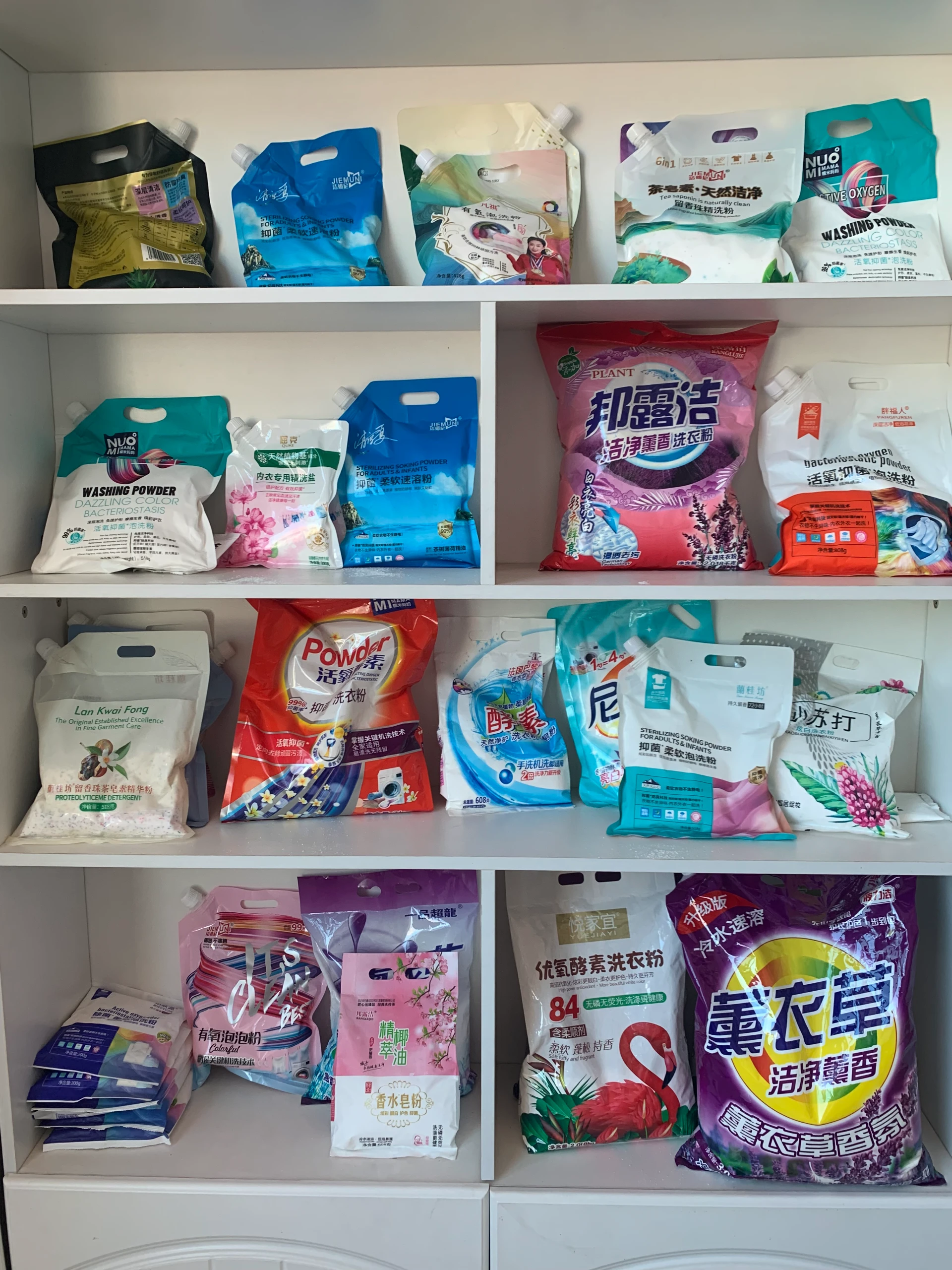



Synthesis of Sodium Hydroxide
Exploring the Properties and Applications of 5% Sodium Hydroxide
Sodium hydroxide, commonly known as lye or caustic soda, is a powerful alkaline compound with the chemical formula NaOH. In its various concentrations, sodium hydroxide serves a multitude of industrial and laboratory functions. A 5% solution of sodium hydroxide is particularly notable for its effective balance between strength and safety, making it a valuable substance in both commercial and research applications.
Preparation and Properties
To create a 5% sodium hydroxide solution, one would typically dissolve 5 grams of sodium hydroxide pellets in enough water to make a total volume of 100 milliliters. This concentration means that there is a moderate amount of sodium hydroxide that can effectively maintain its caustic properties while minimizing the risks associated with higher concentrations. The solution exhibits a high pH level, typically around 13, making it strongly alkaline.
Sodium hydroxide readily ionizes in water to yield sodium ions (Na⁺) and hydroxide ions (OH⁻). The presence of hydroxide ions is responsible for the solution's basic properties, which can neutralize acids and promote saponification, a reaction critical in soap-making processes. The solution can also act as a buffer in various chemical reactions, providing a stable pH environment.
Applications
One of the primary applications of 5% sodium hydroxide is in the chemical industry, where it is utilized for pH adjustment in various processes. Many wastewater treatment plants use sodium hydroxide to neutralize acidic effluents, helping to maintain an optimal pH range for environmental safety.
5 sodium hydroxide

In the food industry, a 5% sodium hydroxide solution finds its way into processes such as the curing of olives and the production of masa, the dough used in tortillas. The controlled use of sodium hydroxide in these applications is essential to enhance flavors, improve texture, and ensure food safety.
5% sodium hydroxide is also widely used in laboratories as a reagent for titrations and as a base in various chemical syntheses. Its ability to neutralize acids and facilitate various reactions makes it an important tool for chemists and researchers alike.
Moreover, in domestic settings, diluted sodium hydroxide solutions can be found in certain cleaning products. They effectively break down grease and organic materials, making them popular choices for kitchen and restroom cleaning. However, even at 5%, caution is advised. Proper safety protocols should always be followed, including the use of gloves and eye protection.
Safety Considerations
Despite its many uses, safety must always be a priority when handling sodium hydroxide. Even at a 5% concentration, it can cause skin irritation and damage. It is crucial to store the solution in a cool, dry, and well-ventilated area, away from acids and other reactive substances. In case of accidental contact, it is important to rinse the affected area thoroughly with water and seek medical advice if any irritation persists.
Conclusion
In summary, a 5% sodium hydroxide solution is an incredibly versatile substance with a vast array of applications in industries ranging from food production to chemical manufacturing. Understanding its properties, potential uses, and safety precautions is essential for anyone working with this powerful compound. Whether in a laboratory or an industrial setting, sodium hydroxide continues to play a crucial role in modern chemical practices.
-
Anhydrous Formic Acid 80% 85% 94% - High Purity SolutionsNewsAug.30,2025
-
Accurate Fire Assay Flux for Gold & Silver Ore AnalysisNewsAug.29,2025
-
Advanced Paint Chem Solutions: Quality Chemicals for CoatingsNewsAug.28,2025
-
Potassium Nitrate: The Ultimate Fertilizer for Agriculture and GardeningNewsAug.25,2025
-
Potasium Persulphate: A Versatile Chemical for Industrial ApplicationsNewsAug.25,2025
-
Industrial Applications of Sodium HydroxideNewsAug.25,2025
-
Industrial & Household Uses of Sodium BisulfateNewsAug.25,2025










